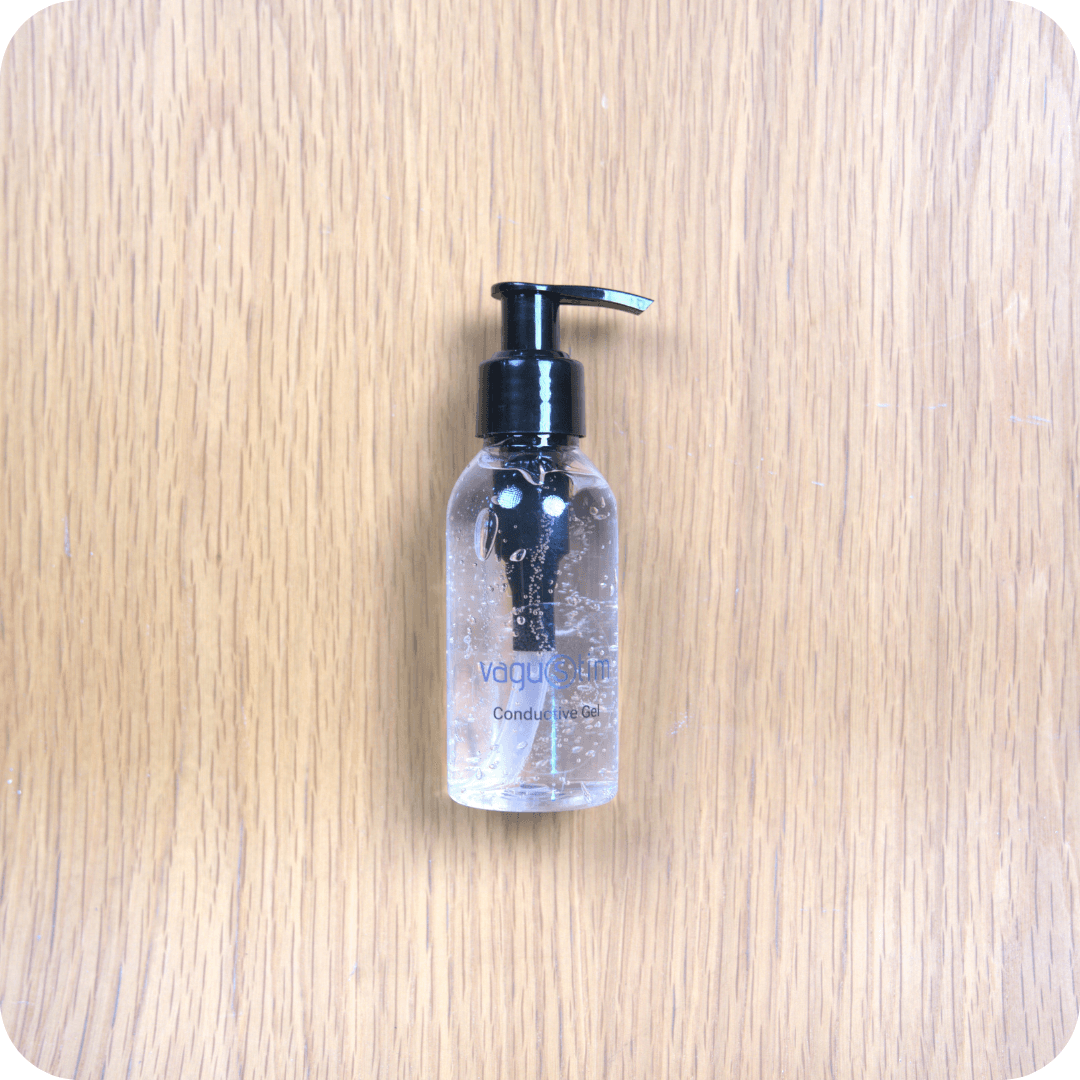Non-invasive bilateral auricular vagus activation regulates the sympathetic and parasympathetic systems. Explore its effects and applications in healthcare.
Understanding the Autonomic Nervous System: Maintaining Body Homeostasis
The sympathetic and parasympathetic systems, collectively known as the autonomic nervous system (ANS), maintain body homeostasis. The sympathetic system triggers “fight or flight,” while the parasympathetic system promotes “rest and digest.” Imbalances in autonomic activity have been associated with reduced physiological resilience and discomfort in various systems, including cardiovascular and digestive function.
Non-invasive bilateral auricular vagus activation triggers the vagus, a primary component of the parasympathetic system. It uses a small device placed on the outer ear, targeting specific points associated with the vagus. Vagus activation activates the vagus nerve by sending signals and triggering responses in the parasympathetic system.
Promising Results: Effects of VNS on the Autonomic Nervous System
Research shows promising results for non-invasive bilateral auricular VNS. It promotes relaxation by activating the parasympathetic system. It has been explored for its influence on pathways involved in nervous system signaling.
The potential applications of non-invasive bilateral auricular VNS are vast. VNS has demonstrated supportive role in digestive and nervous system balance has been suggested in early studies.VNS may contribute to overall system regulation and stress recovery when included as part of a wellness routine.
In conclusion, non-invasive bilateral auricular VNS offers a promising approach to gently supporting the body’s natural balance between the sympathetic and parasympathetic systems. Its ability to activate the vagus nerve and promote parasympathetic activity opens doors to potential applications in mental and gastrointestinal health. As research continues to unfold, non-invasive bilateral auricular VNS may prove to be a valuable tool in the field of healthcare.




